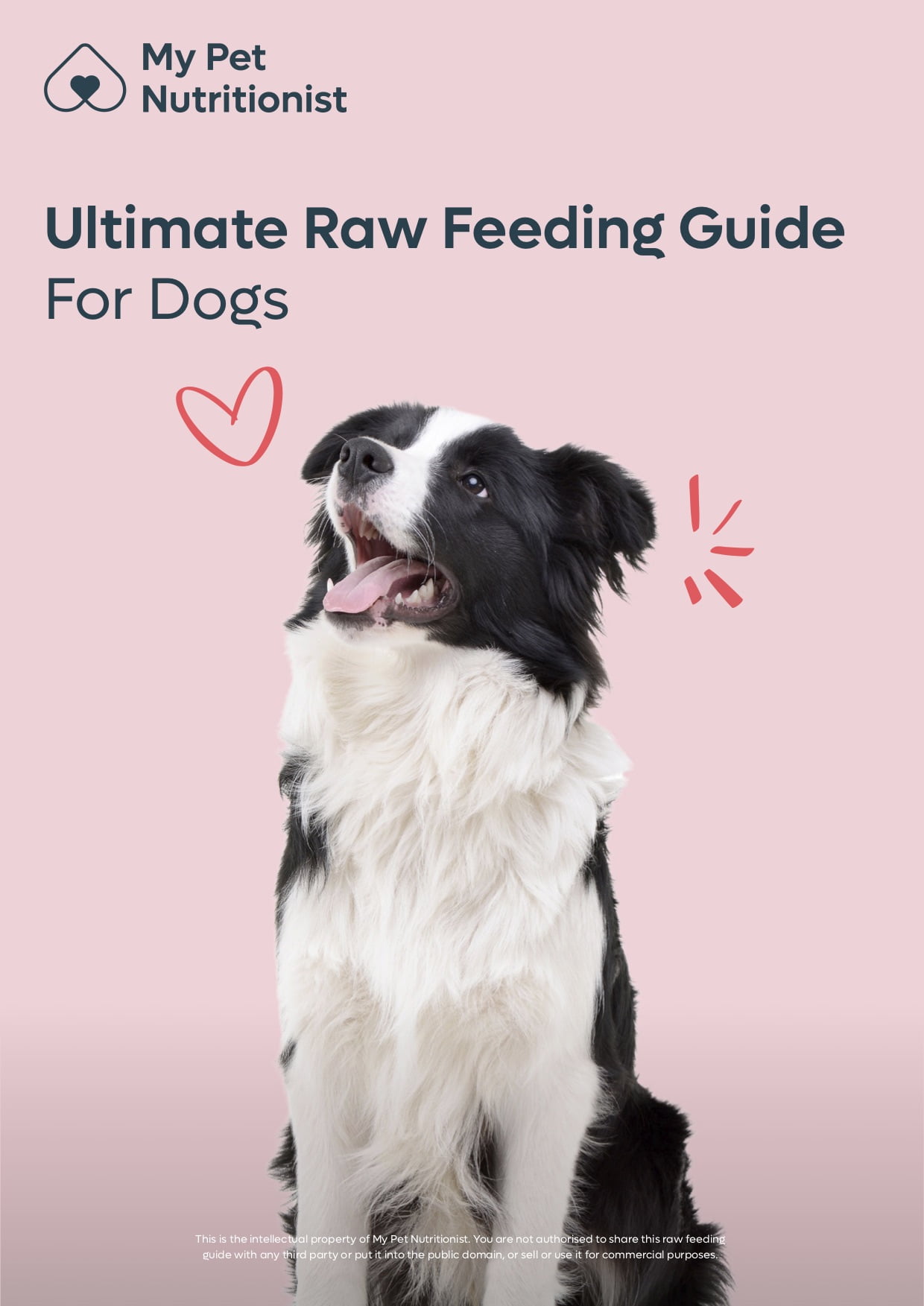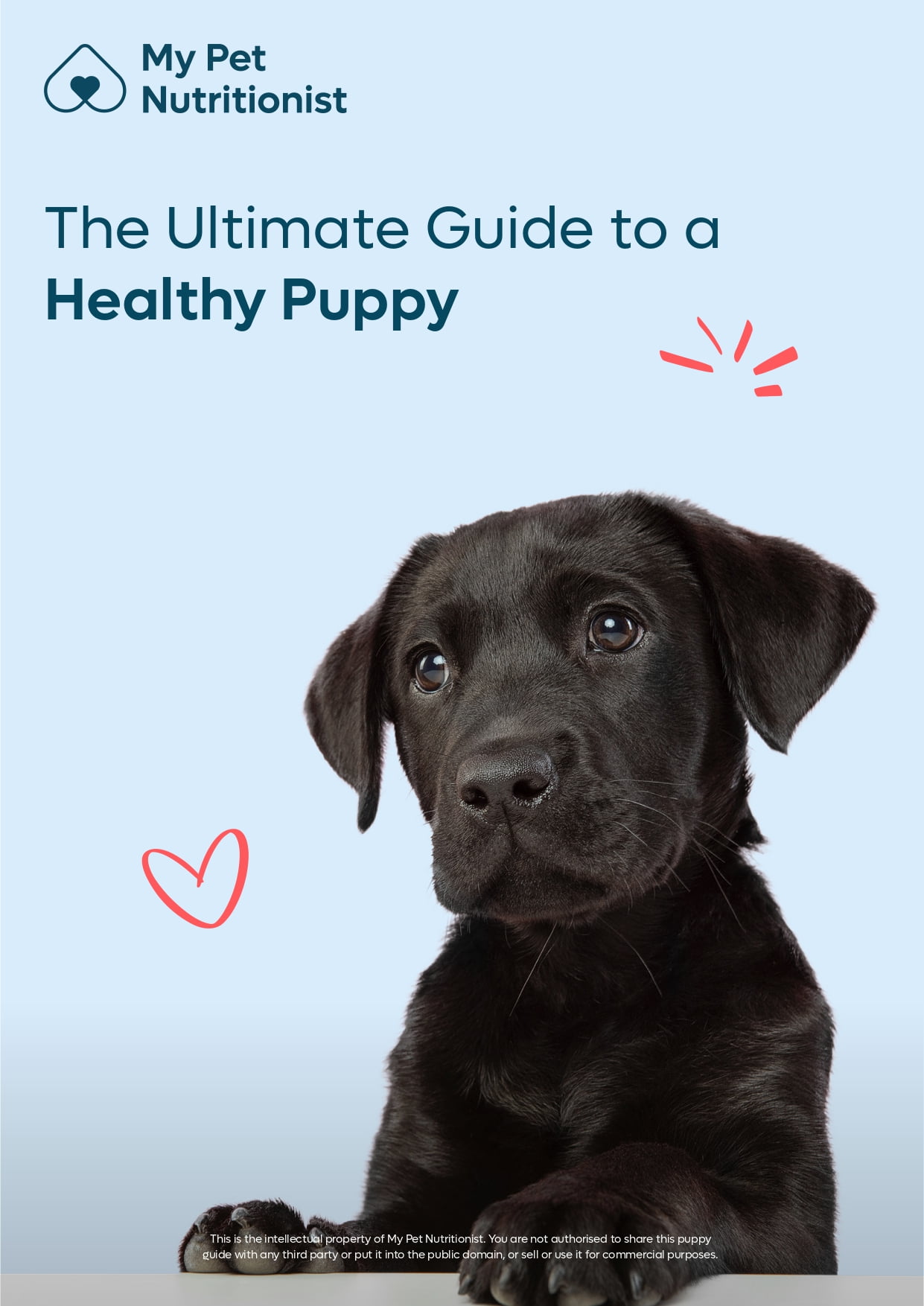-
£29.99£29.99£119.00£19.99£6.99
Cart
8
Cart
8


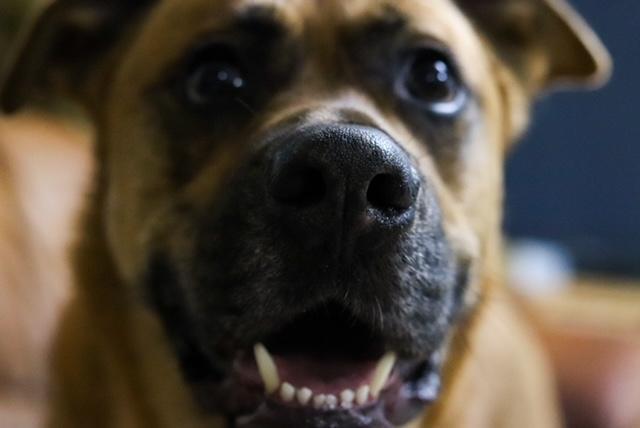 Read Now
Read Now
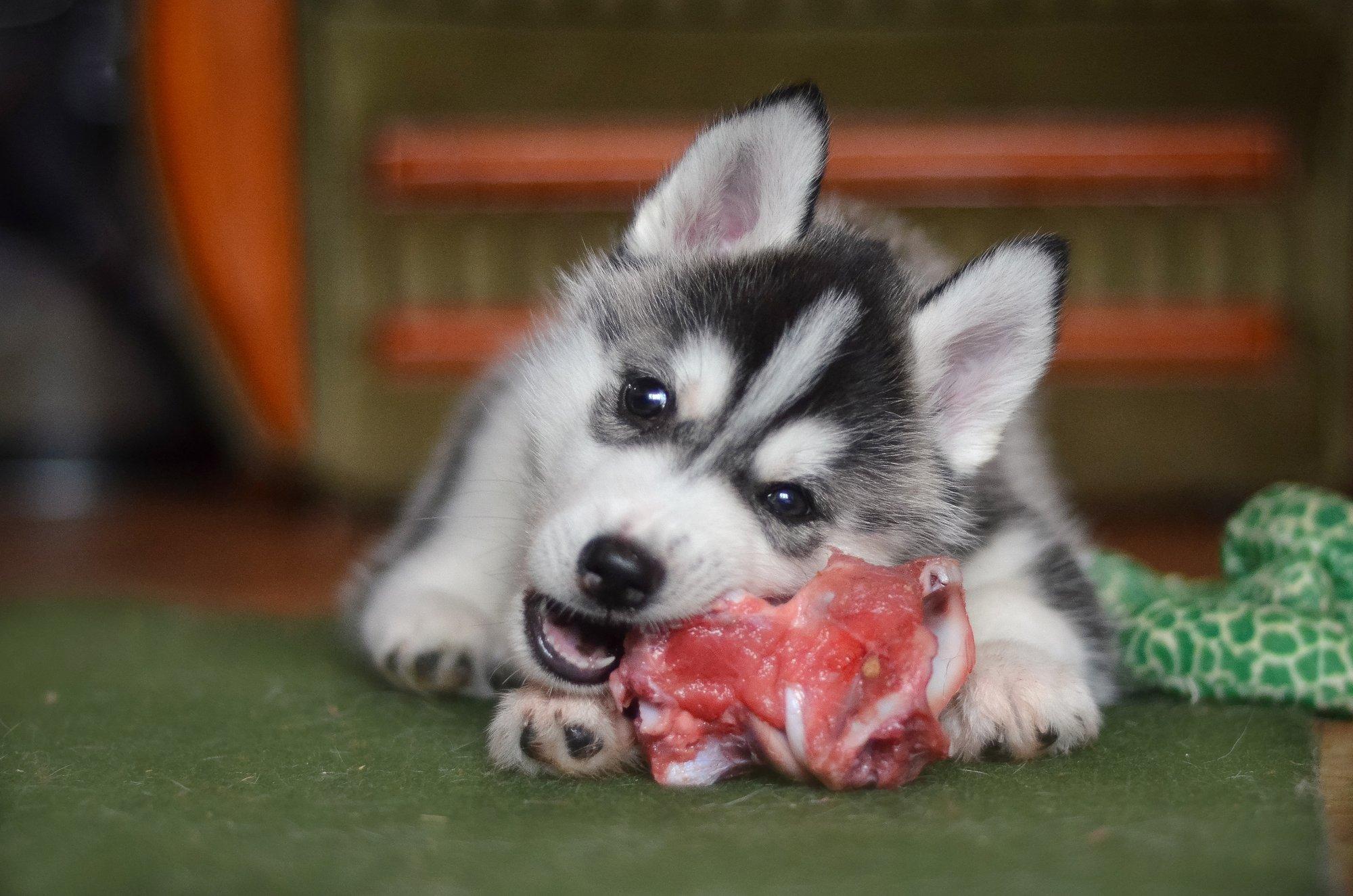 Read Now
Read Now
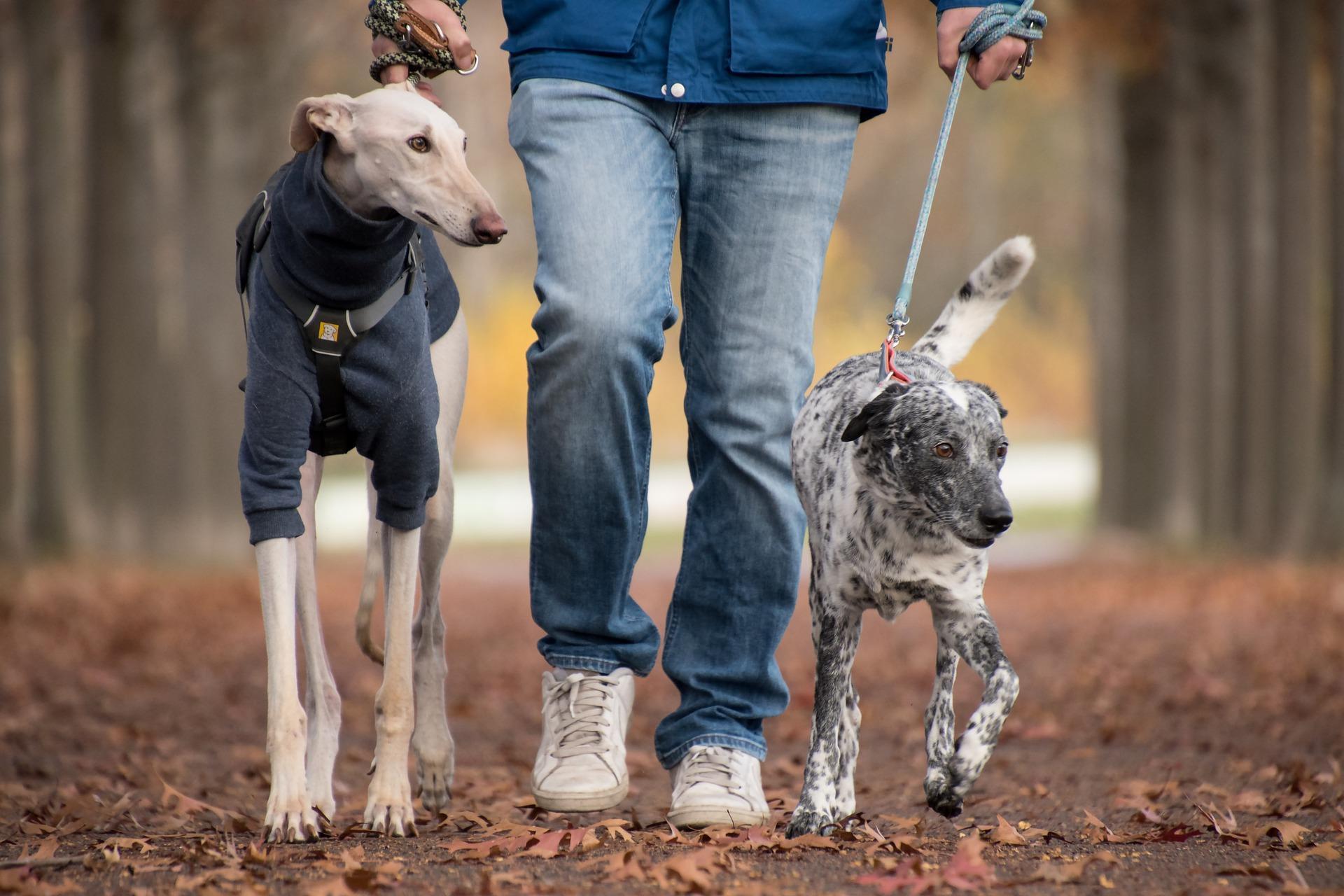 Read Now
Read Now
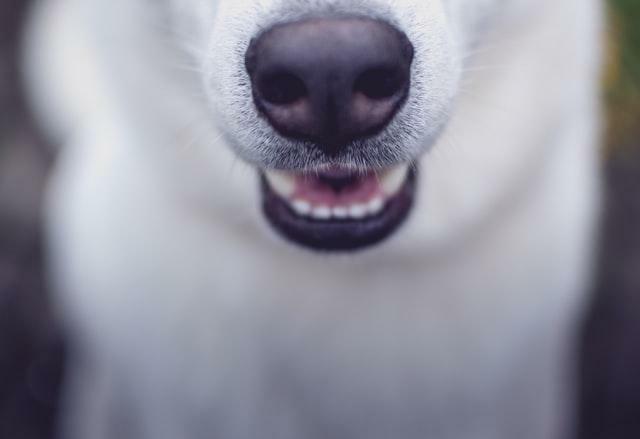 Read Now
Read Now
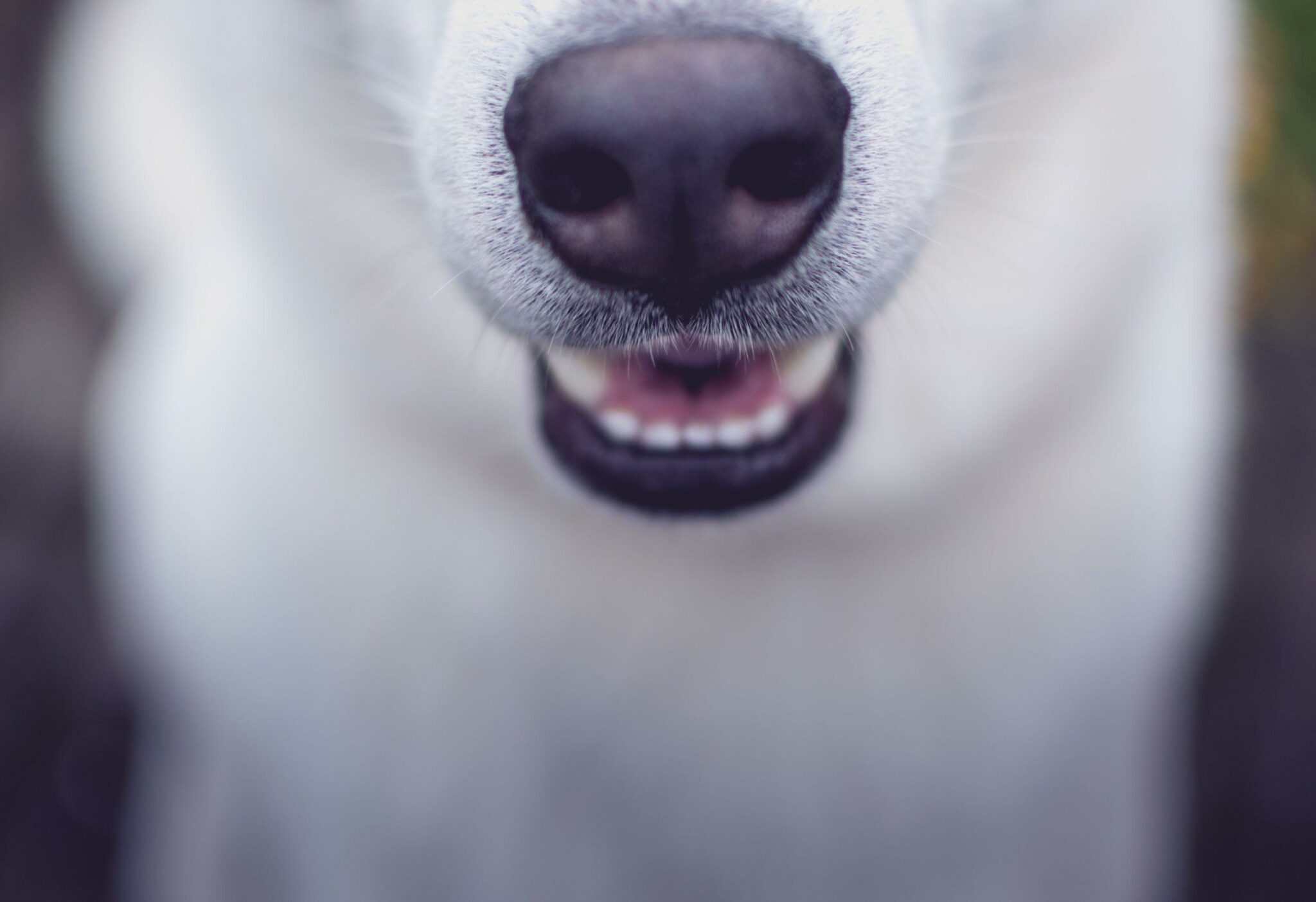 Read Now
Read Now
-
£29.99£29.99£119.00£19.99£6.99

Top Tips for Keeping Your Dog’s Teeth Clean!
- January 30, 2023
- 9 mins 30 secs
Oral and dental health is incredibly important for all animals. Here at My Pet Nutritionist we strive to educate pet owners on all aspects of health and welfare, so here is our blog about dental hygiene and keeping your pet’s teeth clean!
Anatomy of the Tooth and Gum
Types of Tooth
Just like in humans, dogs have 4 types of teeth. From the front of the mouth to the back of the mouth, these are; incisors, canines, pre-molars, and molars. Adult dogs naturally have 6 incisors on the top jaw,and 6 on the bottom jaw. Incisors are used for grasping items. The canines, of which adult dogs have 2 on the top jaw, and 2 on the bottom jaw, are used for ripping – particularly meat from bones! Adult dogs possess 8 pre-molars on the top jaw, and 8 on the bottom jaw; these are used for grinding – especially bone, and plant matter. Finally, the molars. In adult dogs, there are 4 molars on the top jaw, and 6 on the bottom; these are also used for grinding.
The bottom jaw is called the Mandible, and the upper jaw is called the Maxilla.
Tooth Structure
The outermost layer of the tooth (the white coloured bit we see) is the enamel. This is a fairly thin, hard layer which protects the more fragile/sensitive parts of the tooth. It’s the hardest tissue in the body. Beneath the enamel, lays the Dentin. This is a thick layer of softer tissue which contains numerous microscopic tubules, leading to the nerves in the tooth. These being exposed due to worn enamel are what give the, sometimes painful, sensation when hot/cold foods are consumed. In the very centre of the tooth, you can find the pulp chamber; the powerhouse of the tooth. The pulp in the chamber creates dentin, and also keeps the dentin healthy by providing it with nutrients. The pulp chamber extends into the roots of the teeth, so is often referred to as the root canal. Surrounding the part of the tooth beneath the gum, is a hard substance called Cementum which anchors the tooth into the gum.
Gum Structure
The visible outside of the gum is called the Gingival Margin, which keeps the teeth securely in place. The next part of the gum, is what attaches the gum to the tooth, and it is known as the Gingival Sulcus. The area where the tooth meats the gum is called the Cemento Enamel Junction. Between the tooth and the Alveolar Bone (the main jaw bone), is the periodontal ligament, which attaches the tooth to the jaw.
What do Healthy Teeth and Gums Look Like?
Healthy teeth should be white, free from any blemishes (plaque), and meet the gum. Teeth that are grey in colour may need to be removed by a veterinarian because grey denotes dead tissue inside the tooth. A root canal surgery may be performed to save the tooth.
Healthy gums should be pink in colour, and moist. They should meet the tooth in a relatively straight line. If the visible tooth is rounded sharply at the bottom, the gum is likely in recession due to gingivitis or periodontal disease. Inflammation around the bottom of the tooth is also a major symptom of poor oral health, as well as bleeding gums. If the gum is blue, red, very pale (almost white) and tacky, this shows there is either an underlying health problem, poor dental/oral health, or dehydration.
Age is a factor when looking at oral health. As dogs age, their dental health tends to worsen, often resulting in tooth removals. Older teeth may become discoloured and weaker than those of younger dogs.
Genetics also play a role in dental health in dogs, just as much as it does in humans. Some dogs are genetically more likely to have weaker enamel, and naturally more yellowed teeth. Breeds most prone to poor oral health include:
– Toy Poodle
– Greyhound
– King Charles Spaniel
– Cavalier King Charles Spaniel
– Boxer
– French Bulldog
– English Bulldog
– Pug
– Yorkshire Terrier
– Chihuahua
Tips on Keeping Teeth Clean
Diet
When it comes to diet, which of course we are all about here at My Pet Nutritionist, there are so many things which we could feed our dogs which contribute to poor dental and oral health. Feeding kibble is one of the major contributing factors to poor oral health and dental disease. Firstly, the texture of extruded dry foods; much like when humans eat a biscuit, it gets stuck in our teeth – kibble gets stuck in the dogs’ teeth, as well as around the gumlines, which then contributes to plaque build-up, and gingivitis. Secondly, kibble is very high in starchy carbohydrates which also causes plaque build-up, and damages the enamel. Due to the low level of salivary amylase in dogs (the enzyme that targets carbohydrates), the oral bacteria are put to work, and as a result, the carbohydrates are fermented on the tooth surface, which releases acids which damage the tooth itself.
Fresh food is much better for the teeth! Not only is it much more digestible than dry food, it’s high moisture content prevents it from getting stuck in the teeth and gumlines. Some breeds with large lips may require a little assistance on removing remnants of food from the inside of the lips. Fresh food is also not high in starchy carbohydrates, so this reduces the risk of tooth and gum damage by carbohydrates.
Raw Meaty Bones and Other Chews
Feeding Raw Meaty Bones (RMBs) is an excellent way to help keep teeth clean. The ripping action a dog makes to remove the meat from the bone, and the grinding of teeth against the bone itself, help soften and scrape any present plaque from teeth, keeping teeth and gums healthy. Large bones help keep the front teeth and canines clean, whereas smaller bones (always size appropriate for your dog!) will encourage chewing at the back of the mouth to help keep premolars, and molars clean,
Pure meat dried chews can also help in a similar way to small raw bones. The chew scrapes at the tooth surface as the dog chews it, which removes plaque.
Avoid multi-ingredient ‘dental chews’ – these nearly always contain starchy carbs which help hold the chew together while it is extruded. Many of these not only contain starchy carbs, but ingredients that are both difficult to digest, and have no place in the diet of a canine, not to mention artificial flavourings, colourings, and preservatives often found in the products!
Brushing
Brushing your dog’s teeth is incredibly important. Getting them used to this at a young age is very beneficial, as part of your husbandry training. For those with anxious dogs, or new rescue dogs, there are other supplements which can be used to help soften plaque while you work on husbandry training – these will be discussed below! Its very important not to force your dog into an uncomfortable position!
There are various types of brush, including a normal toothbrush like us humans use, a similar toothbrush with bristles which would cover all three visible sides of the tooth, silicone finger brushes, and tooth cleaning finger pads which slip onto your finger and have a slightly abrasive surface in order to wipe away plaque. If using a singer brush, ensure it is help securely onto your finger to avoid swallowing and choking.
When considering a dog toothpaste, ensure it doesn’t contain any toxic ingredients – sadly not all those on the market are completely dog safe if ingested. Many also contain artificial flavourings, and preservatives, as well as synthetic aroma boosting ingredients to make it more appealing to dogs. The simplest do-it-yourself recipe for dog toothpaste is 1:1 ratio of baking soda (bicarbonate of soda) and organic coconut oil. Simple, easy, cheap and effective!
Brushing should be done frequently. Aim for at least 3 times per week, plus RMBs and other chews.
Supplements
There are multiple supplements which can help soften plaque,tackle bacteria on the teeth and gums, and help reduce inflammation in the gumline. Let’s take a look at some of these!
Provilan produces a range of probiotic sprays. External probiotics are just as important and useful as internal probiotics. The LUCAA+ Dental Care Spray is full of beneficial probiotics to help rid the mouth of bad bacteria. It works to protect the health of the gums, as well as reducing plaque and tartar on the teeth.
There is a variety of seaweed based supplements on the market. Seaweed contains a probiotic strain called Bacillus licheniformis which ultimately reduces plaque build up because it removes bacteria from the teeth, softening the plaque.
Omega 3 is something you may here us talking about a lot! The meat based diet our dogs should be eating, is naturally high in Omega 6, particularly farmed meat. Omega 6 in inflammatory, so Omega 3 is required to bring the inflammation down as it is anti-inflammatory. Ensuring the diet has plenty of omega 3 in, helps keep gum inflammation down, keeping gums healthy.
Fragaria is a homeopathic remedy based on strawberry leaves. It helps stop the deposition of tartar on the tooth surface. Contact a homeopath for more information.
Ultrasonic Tooth Cleaning
A relatively new, but effective, method of canine tooth cleaning, Ultra Sonic Toothbrushing is becoming very popular. These can be bought at home, or there are many groomers who offer sessions with these brushes. They’s non-invasive, and natural. Ultra-sonic brushes work as the energy given off is in the form of vibrations. These vibrations are rigorous, but not felt by the dog, and they remove built up tartar and plaque.
Choosing Toys Wisely
The toys and chews you buy your dog can also affect tooth health!
Your typical tennis ball – a popular dog toy! Sadly, those who regularly play with normal tennis balls, end up having their canines flattened, as the surface of the felted ball is abrasive. This acts like sandpaper on the teeth, which wears them down. Pick toys which don’t have the felted surface to avoid unnecessary abrasion.
Try to avoid extremely hard chews, such as full deer antlers. These are extremely hard, and have been known on numerous occasions, to chip teeth. When picking a raw bone, its also important to pick a suitable bone for your dog. Large mammalian weight bearing bones can be a tooth-chipping risk to aggressive chewers. It’s best, in these occasions, to allow the dog to strip the bone of meat, and remove the bone (in exchange for something else tasty, of course!). If your dog struggles with guarding behaviours, pick a bone the dog is able to completely consume within one sitting.
Finally, choose your young puppy’s chews wisely! As young puppies, before they have teethed, the teeth are not firmly in place in the gum, which means giving chews which are too hard can damage the tooth bed, which leads to future complications. Try to stick to chews you can make an indentation in with a fingernail, or can snap easily, or bend slightly.
What is Periodontal Disease?
Caused by a build up of plaque and tartar, Periodontal Disease is inflammation and infection of the gum. Periodontal Disease is more severe than gingivitis, as it not only affects the visible gum, but it also affects the alveolar bone and ligaments in the gum. As Periodontal Disease progresses, the Gingival Margin begins to pull away from the Cemento Enamel Junction, which allows bacteria down to the roots of the teeth, and ultimately results in tooth loss, and further damage to the alveolar bone.
The risk of health problems in dogs with Periodontal Disease doesn’t just stop at tooth loss and poor gum health; it can also affect the liver, kidney and heart.
Studies show links between liver cirrhosis, and poor oral health – in fact there appears to be a higher mortality rate in those who didn’t have treatment for Periodontal Disease vs those who underwent treatment. Statistically, there is also a relationship between liver cancer and Periodontal Disease; the worse the oral health, the higher the risk of cancer.
Studies also show a statistical significance of the relationship between Periodontal Disease and cardiovascular (heart) disease. Like the link with liver disease, the worse the periodontal health is, the higher the risk of coronary heart disease or stroke. The chronic inflammation in the body, stemming from the gums puts massive strain on the heart, which increases the risk of heart disease.
Kidney disease is also a risk of advanced Periodontal Disease. The cytokines released from inflammation in the gums causes upregulation of a protein called C-Reactive Protein, which presents as inflammation in the kidney, causing kidney disease. The more periodontal inflammation, the higher the risk of kidney disease.
Read more on Periodontal Disease in our blog here!
Does My Dog Need a Dental?
In many cases, when there is some plaque build-up on the teeth, but gums are healthy, the problem can be rectified at home, through diet, supplements and beneficial extras, or through the use of ultra-sonic technology. That said, if the gums are at all inflamed, darkened in colour, receding, or there’s a large build-up of plaque on the tooth, covering at least 50% of the tooth, it’s important to seek veterinary attention. They may advise your dog goes under general anaesthesia so they can fully scale the teeth, or even carry out root canals, tooth removals, or other specialist dental procedures in order to regain oral health.
We hope our blog has helped you understand the importance of good dental hygiene, and how to achieve it! If you need additional tips regarding food for oral health, please don’t hesitate to book in with one of the team!
Team MPN x
Customer Reviews
Explore related products
Related articles

Disease ManagementGeneral HealthOral Care
Top Tips for Keeping Your Dog’s Teeth Clean!
Jan 30 2023
•
9 mins 30 secs

Disease ManagementGeneral HealthOral Care
Feeding Bones: A Mini Guide To Bones
Dec 07 2021
•
5 mins 56 secs

Disease ManagementGeneral HealthOral Care
5 Mistakes Dog Owners Often Make
Nov 01 2021
•
5 mins 9 secs

Disease ManagementGeneral HealthOral Care
Periodontal Disease in Dogs
May 04 2021
•
7 min read

Disease ManagementGeneral HealthOral Care
Dental care for your dog
Jan 07 2020
•
4 min read
✕








